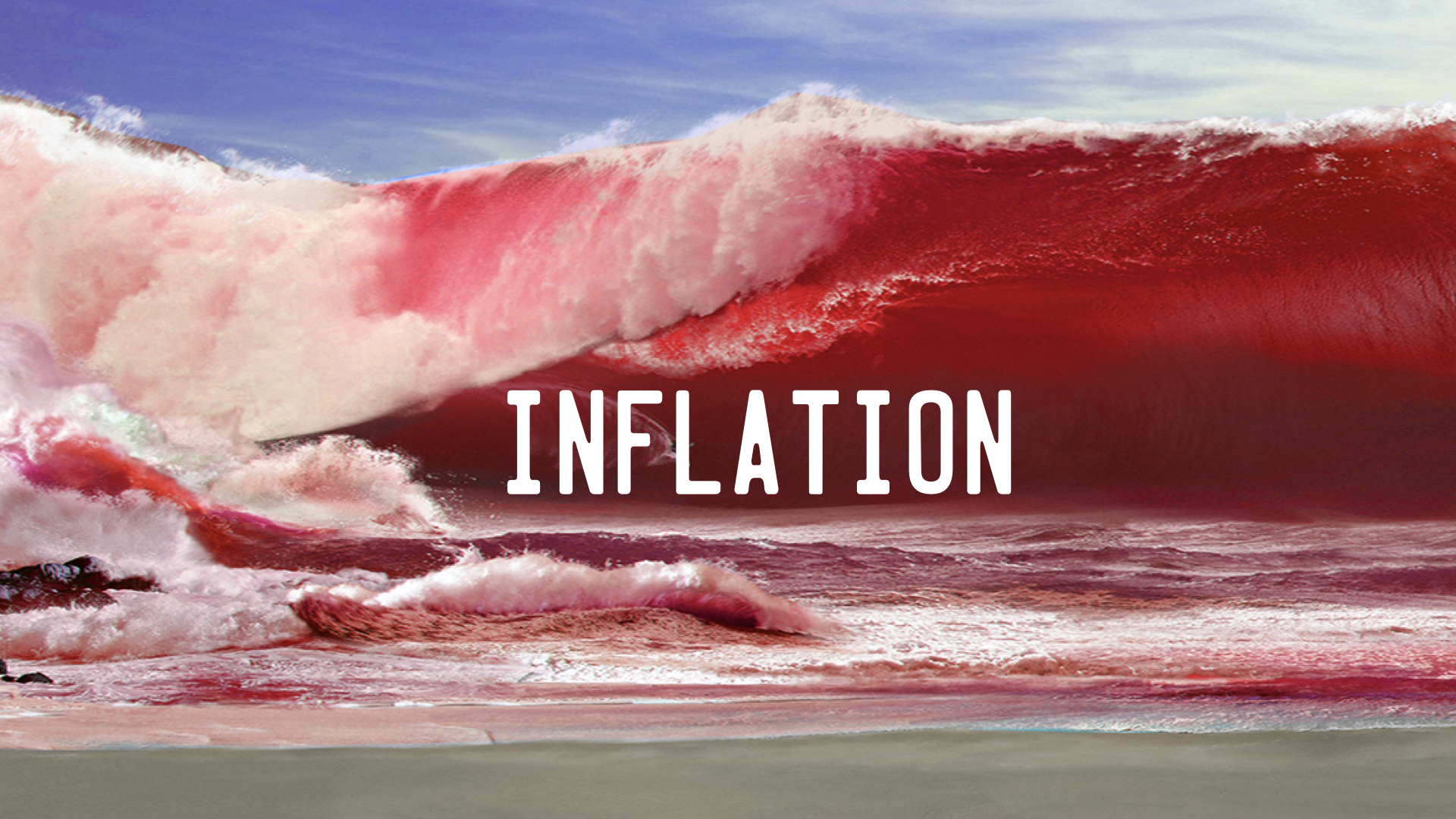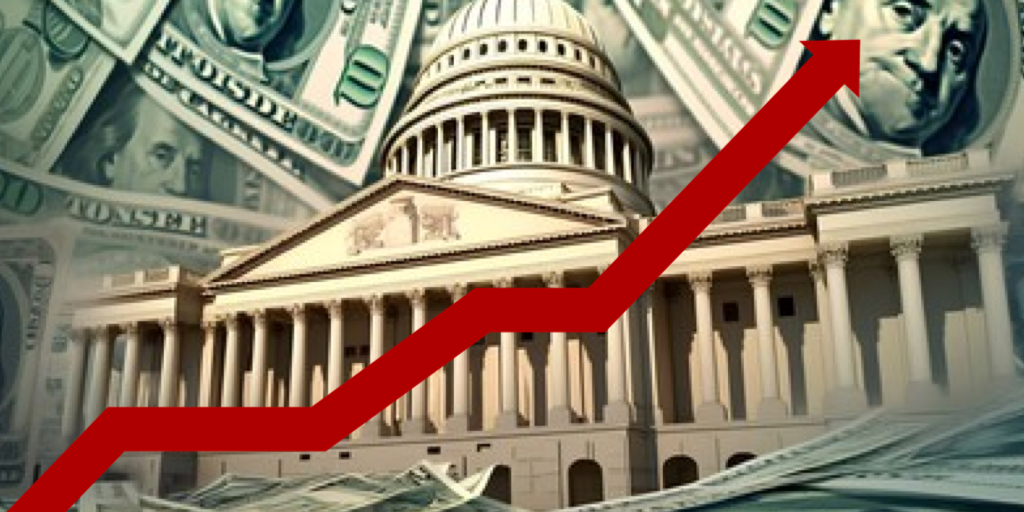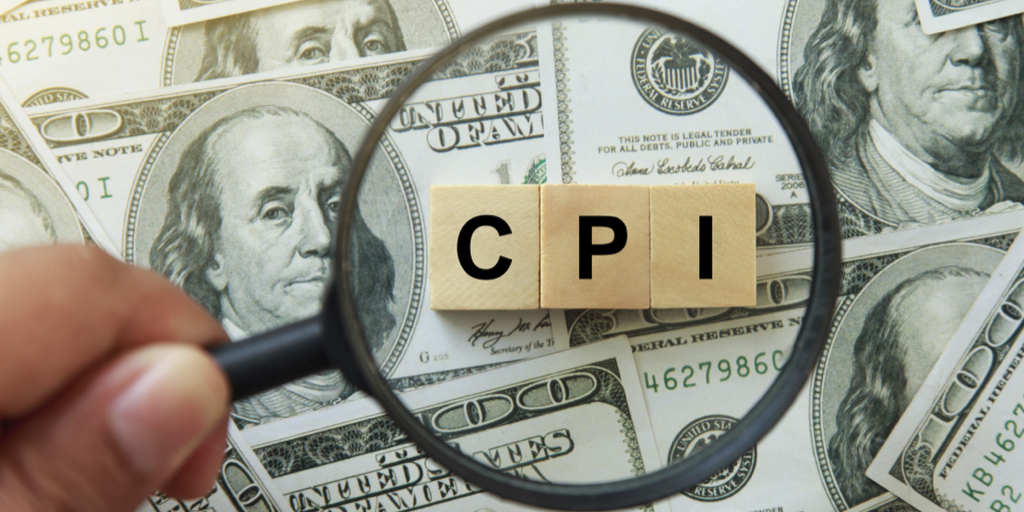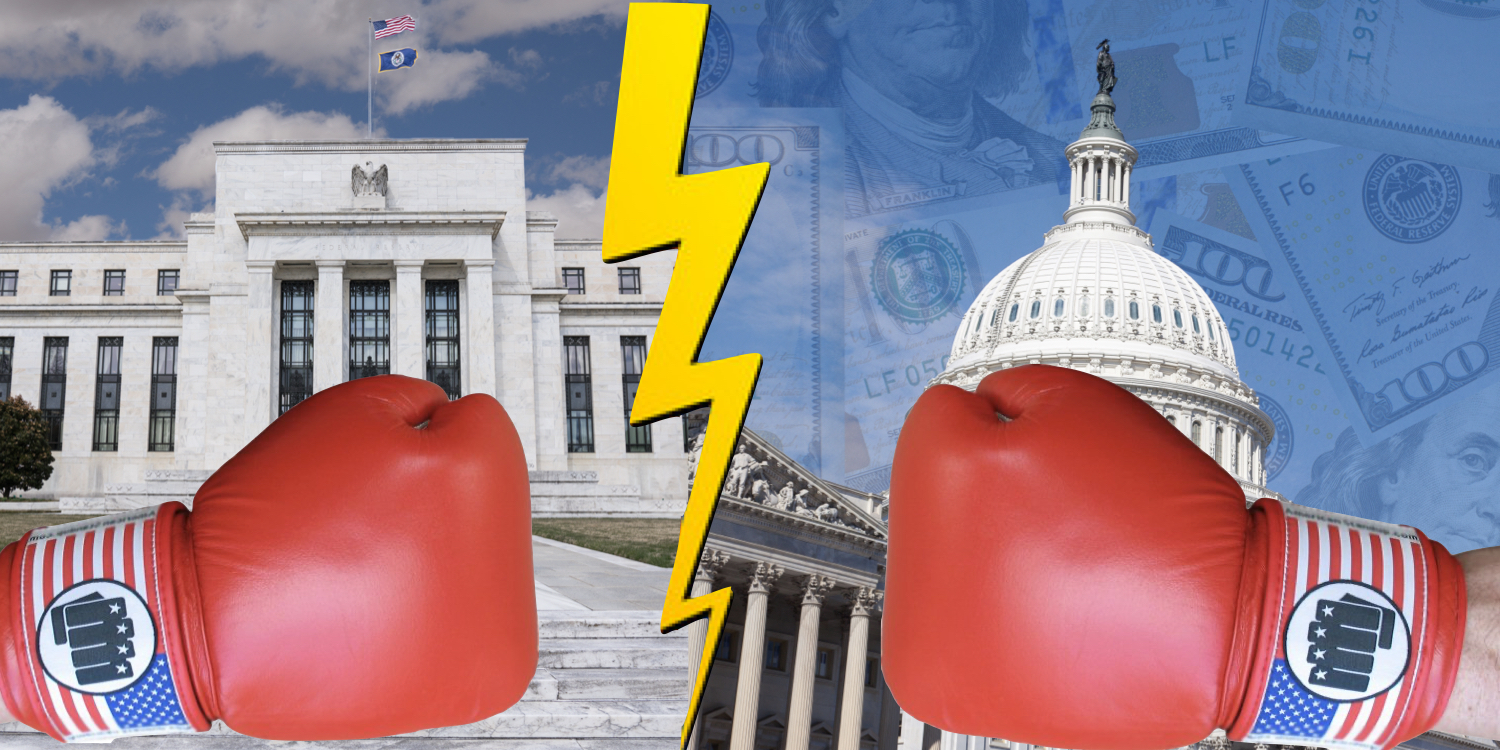Here’s the 65% productivity boost many are likely ignoring. These are the three productivity hacks that transformed how much work I accomplished each day. It’s worth the short read for the countless hours you’ll save.
Continue reading3 Ways Retirees Can Prepare for a Recession
The recent conjecture of an impending recession has added layers of complexity and concern for those who’ve recently retired or are preparing to do so. Here are three strategies that may help…
Continue readingRetirees Should Watch for These 3 Trends in 2025
2025 is the year to watch for numerous reasons. An incoming presidential administration, the trajectory of inflation, and economic growth or retraction–each contributing to older American’s retirement experienceHere are three things that retirees will want to watch for in 2025.
Continue readingAnother wave of inflation is coming
Despite the Federal Reserves rate hikes inflation has begun to surge. A look at the underlying factors that continue to push up the cost of living…
Continue readingSenior debt is climbing while inflation accelerates. Is there a way out?
Sandwiched between the Millennials and Boomers Generation Xers who are poised to become the next reverse mortgage market.
Continue readingTwo things most reverse pros don’t know about the expected rate
Industry expert, author, and founder of Understanding Reverse contributed a column to Housing Wire’s Reverse Mortgage Daily that reveals two often overlooked facts about the HECM’s expected rate used to determine the federally insured reverse mortgage’s principal limit.
Continue readingWhat HECM Pros Should Know About Inflation
There’s one conversation that every financial advisor should have with their clients. A conversation that should also be explored by reverse mortgage professionals with every potential borrower. Inflation. Questions such as “How are you coping with the higher price of everyday goods and services you’re paying today?” can reveal a cashflow crunch that needs to be addressed.
Continue readingDon’t Believe the CPI ‘Lie’
Undeniable
Here’s why Americans can no longer ignore their economic pain…
Continue readingFiscal Dominance. How the Federal Government is undermining the Fed’s efforts to curb inflation.
The risk of ‘Fiscal Dominance’ and how it would shape reverse mortgage lending…
Continue reading











